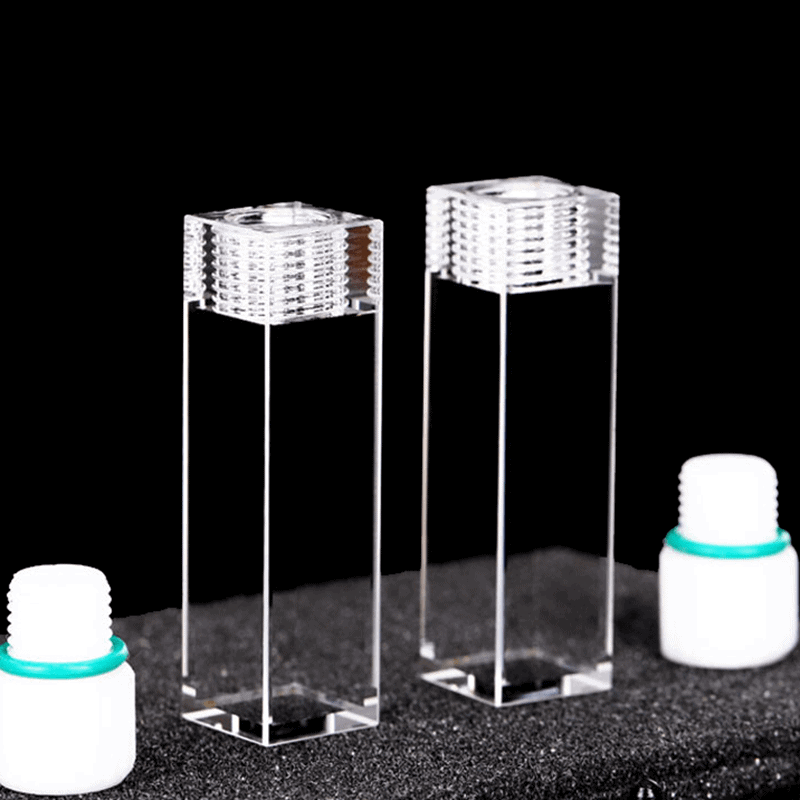The Position of Cuvette Measurement in Ensuring Appropriate Scientific Analysis
The Position of Cuvette Measurement in Ensuring Appropriate Scientific Analysis
Blog Article

The Great things about Cuvettes and Quartz Vials in Clinical Research
In clinical study, the reliability and stability of measurements are paramount, specially in fields like spectroscopy, chemical examination, and biology. One critical component that guarantees precision in these reports is the cuvette, specially cuvet. Knowledge the benefits of cuvettes and the advantages of using quartz vials can considerably impact the end result of tests and laboratory work.
Accuracy in Spectroscopy
Cuvettes are essential for keeping water samples in several logical devices, such as spectrophotometers. These units assess the absorbance or transmission of mild through an example, and the cuvette serves since the jar for the test all through analysis. The measurement and material of the cuvette perform a crucial position in ensuring the accuracy of the measurements. Quartz vials, especially, offer outstanding visual understanding, permitting precise gentle sign across a wide selection of wavelengths, including uv (UV) light. This makes quartz vials a fantastic choice for spectroscopic tests, wherever detail is critical.
Toughness and Chemical Weight
Quartz vials be noticeable for their longevity and weight to hard chemicals. Unlike plastic cuvettes, quartz vials are less likely to degrade or respond with compounds in the test, ensuring that the results of the test stay unaffected by potential contamination. This quality makes quartz vials especially helpful in surroundings where hostile solvents or high temperatures are involved. Their power to endure excessive situations without diminishing the strength of the sample is one of the principal factors they are favored in many laboratory applications.
Reliability in Size and Shape
How big a cuvette is not really a one-size-fits-all situation. The aspect of the cuvette, such as for instance their route length, impacts the quantity of the test and the amount of gentle that moves through. Choosing the correct cuvette size for the particular try guarantees that the results are perhaps not manipulated because of under or over-concentration of the sample. Quartz vials come in a variety of shapes and styles, letting analysts to select probably the most suitable alternative based on the demands of the experiment. This mobility plays a role in more exact knowledge and permits greater control around fresh conditions.
Visibility and Mild Transmission
Quartz is known for its excellent transparency, especially in the uv (UV) and apparent gentle spectra. That makes quartz vials ideal for used in instruments that need apparent visual routes, such as UV-Vis spectrophotometers. The superior gentle indication homes of quartz ensure that the mild passes through the trial with little dropping or absorption, leading to more correct readings. For experiments that need high precision, quartz vials provide a definite gain over other materials.
Long-Term Stability
When employed in study laboratories, it is vital to have trusted tools that maintain their strength around time. Quartz vials aren't just chemically tolerant but in addition very resilient, meaning they're less inclined to experience use and tear. That long-term reliability ensures that analysts may use quartz vials for extended intervals without fretting about degradation or the need for regular replacements, causing cost-effectiveness in the long run.
In conclusion, equally cuvettes and quartz vials provide a range of advantages that increase the quality and precision of lab experiments. From their remarkable optical quality for their substance opposition and durability, these methods are indispensable in medical research. By choosing the proper cuvette measurement and using quartz vials, analysts may ensure accurate measurements and achieve more trusted effects in their studies. Report this page